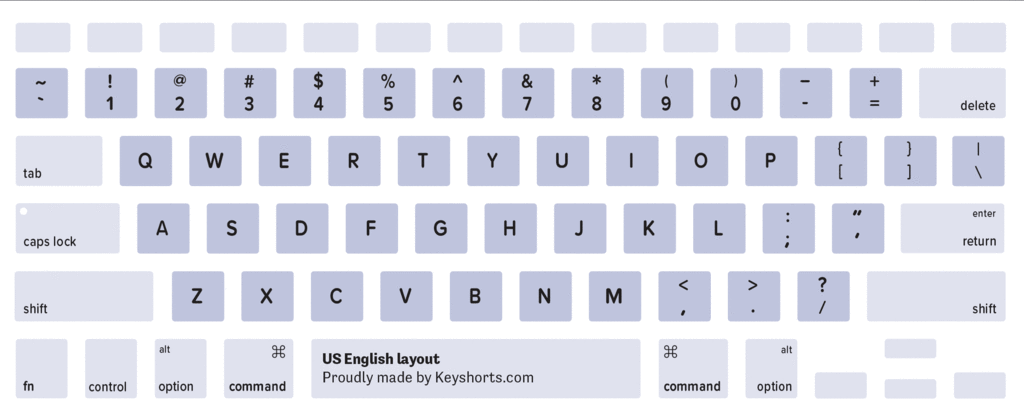

The primary developer for transliteration was Junaid PV, a Malayalam Wikipedian who helped for the Indic languages and few other Asian languages. Based on these sort of logics a keyboard layout was deployed for all the Indic languages on Narayam including Odia. In those cases phonetic keyboards are quite helpful where someone need to press the English keys which corresponds to the Roman characters, e.g. But, most of the beginners find it difficult to type in Inscript. Inscript is useful and once someone gets his fingers used to typing it is fun. One of the earliest development was the Inscript keyboard layout which follows a global standard for most Indic languages. Currently there are over different typing schemes available for Odia including the non-unicode typing schemes used mostly by the DTP operators and many newspapers and publication houses. Revival of Odia Wikipedia after 2011 helped the use of unicode more on internet because of its extensive content (more than 3100 articles on various topics) and online activities on social media. Development for Unicode standard in Odia language progressed lately.
ODIA TYPING OFFLINE
Indian languagFedora's Phonetic Keyboard Layoutes use various typing schemes (key combinations for output in Indic languages) which could be used for writing, printing, publishing and for any other purpose both for offline and online publication as well as printing.

A new typing scheme Lekhani (Odia for a stylus which was used for writing on palm leaves) to be used for Odia Wikipedia, other sister Wikimedia projects and for offline and typing using mobile devices was researched upon.


 0 kommentar(er)
0 kommentar(er)
